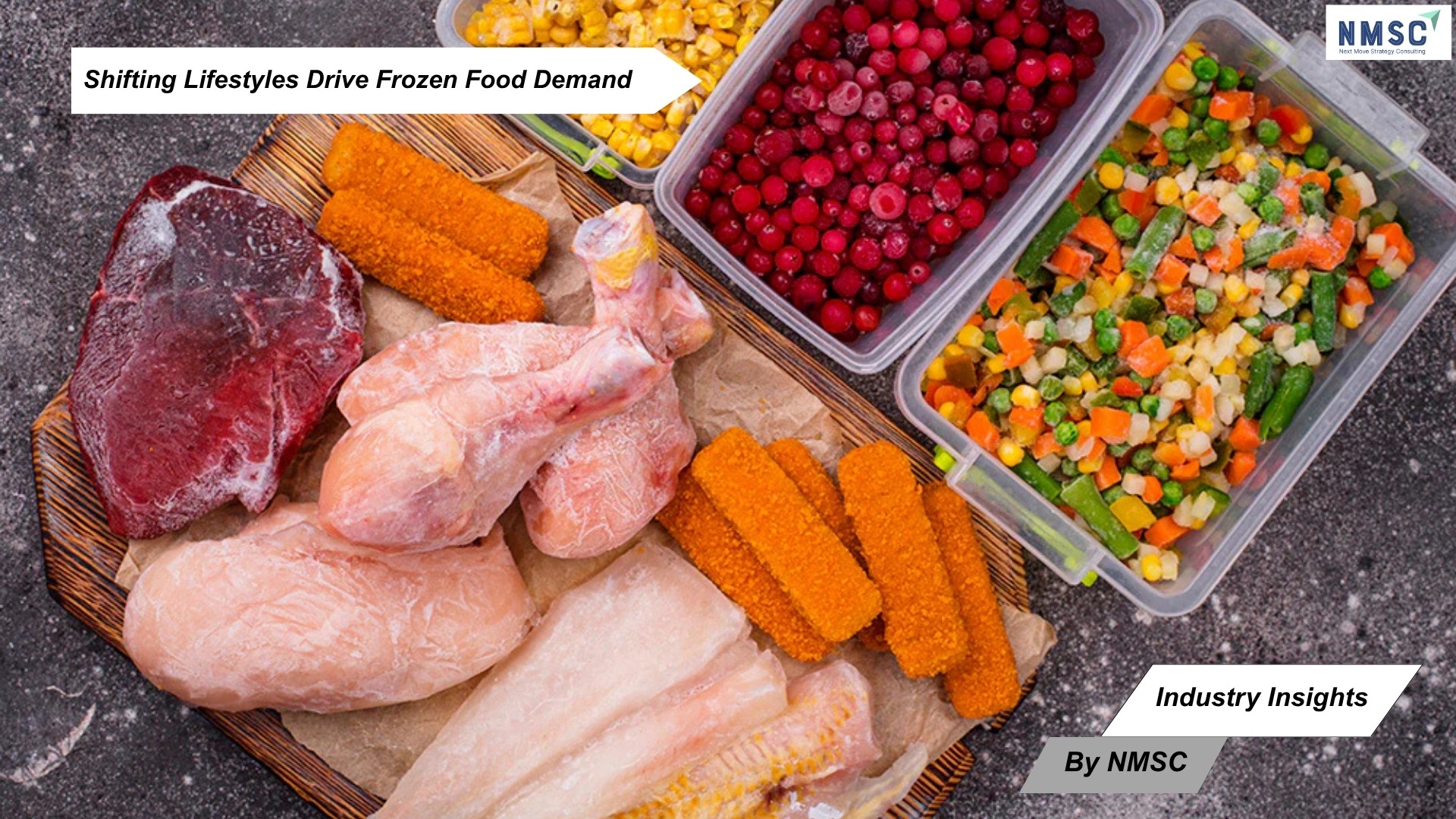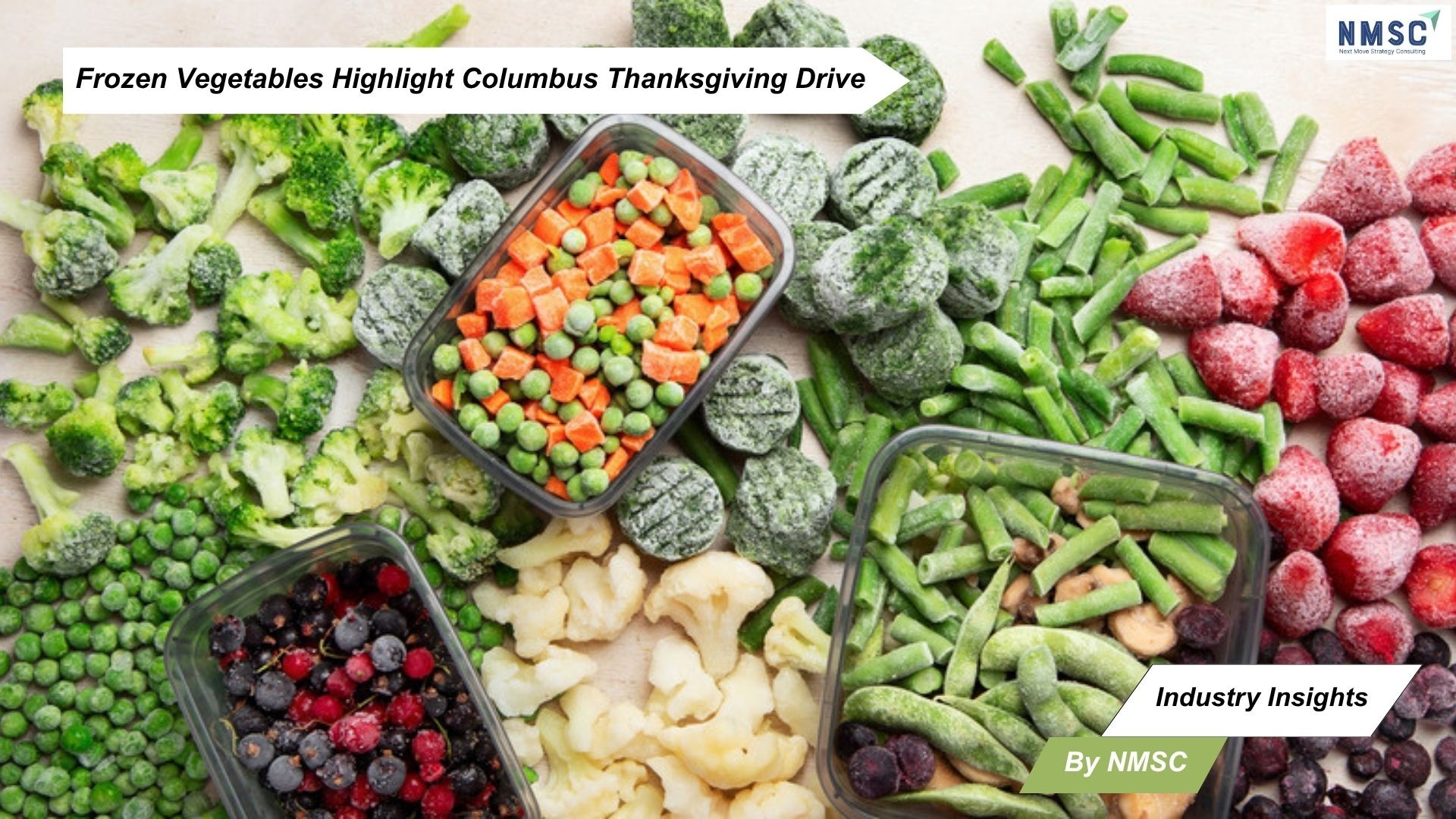Shifting Lifestyles Drive Frozen Food Demand
Published: 2025-10-06

Industry Insights from Next Move Strategy Consulting
In recent years, households across Dhaka have quietly transformed their grocery baskets. Alongside rice, oil, sugar, and everyday staples, frozen parathas, samosas, nuggets, and ready-to-cook kebabs have become essential picks. For working parents, busy professionals, and young couples, frozen meals offer a solution to the age-old challenge of balancing time, convenience, and nutrition.
A Shift in Daily Habits
The rise of frozen food is rooted in practicality. Families often turn to frozen meals for children’s school snacks, unplanned guests, or simply when the day leaves little energy for cooking. For professionals juggling work and family, frozen products reduce time spent in the kitchen.
Sumaiya Maruf, a working woman with elderly parents at home, shared that she always stocks up on frozen rolls, samosas, and kebabs. “Whenever I prepare meals, I cook the main dishes myself, but for sides, I buy frozen items such as chicken wings. By the time I am done with one part of the meal, I am exhausted, especially after working all day,” she explained.
Her experience reflects a growing reliance on convenience — a trend reshaping food consumption patterns across the city.
Expanding Choices for Consumers
Once limited to simple parathas and French fries, the sector now offers a diverse menu. From ready-to-cook kebabs and chicken cheese balls to frozen beef halim, the market continues to innovate.
Raiyan Islam, a marketing professional, observed the cultural shift: “In the last 15 years, our Bangali parents have become accustomed to ready-to-eat food. What began with frozen French fries or parathas has now grown into a wide range of products.”
Yet, affordability remains a challenge. Premium frozen meals such as butter chicken or duck curry range from Tk350 to Tk1,125, making them less sustainable for daily consumption. Imported options like German Butcher’s ready-to-eat ramen, priced at Tk500–800, highlight the tradeoff between taste and regular affordability.
Industry Players and Innovations
Several local brands dominate the shelves, including Kazi Farms, Golden Harvest, Aftab Group, and Bengal Meat. Kazi Food Industries, in particular, has expanded aggressively, building on its poultry leadership and restaurant chain to grow into frozen products.
“Our customers are mainly families with children in school, college and university, as well as young adults. The market is broadening as more people are becoming familiar with frozen food. With more women in the workforce and the rise of dual-income nuclear families, time is limited — frozen food provides a convenient solution,” said Tanvir Haider Chaudhury, CEO of Kazi Food Industries.
But the sector is not limited to snacks and quick fixes. New ventures like Cookoly are entering the field with healthier options. Launched in January 2025, Cookoly offers six-month shelf-life pre-mixes, ranging from kacchi biryani to simple milk tea, without preservatives. Its tagline — “healthy pre-mixes” — reflects a shift toward health-conscious consumers, including doctors, working mothers, and gym-goers.
Mixed Consumer Sentiment
Despite rapid adoption, not all consumers embrace frozen products equally. For some, frozen meals are synonymous with convenience; for others, they raise concerns about health and food safety.
“When we travel abroad, we happily pick up meals from shops like 7-Eleven without thinking twice. But here, when we know the processes involved in making nuggets or sausages, we should avoid them for ourselves and for our children. They are simply not healthy,” said Tasneem Zaria, a communications expert.
At the retail level, demand is clear. “Our customers are mostly mothers with school-going children, foreigners working in Dhaka, or newly married couples. They prefer to keep frozen or ready-to-eat meals in their fridge, whether for lunch, quick snacks or even full meals,” explained Rasel Ahmed, floor manager at Unimart Dhanmondi.
Next Move Strategy Consulting’s View
According to Next Move Strategy Consulting, this recent changes in Dhaka illustrates how shifting lifestyles reshape consumer demand. With more women joining the workforce, dual-income households rising, and younger demographics prioritizing convenience, the sector is well-positioned for continued growth. However, long-term sustainability will depend on addressing consumer concerns over health, taste consistency, and affordability.
“Frozen food adoption demonstrates how urban families are balancing modern pressures with dietary needs. The next phase of growth will be driven by brands that can align convenience with health and affordability,”
Redefining the Food Basket
From fish fingers to pre-mixed biryani, frozen and ready-to-cook products are no longer occasional purchases — they are part of daily household planning. For some families, they are a lifeline enabling balance between work and home. For others, skepticism about additives drives them toward healthier alternatives like Cookoly.
The market’s trajectory underscores one reality: frozen food is no longer just a substitute, but an evolving lifestyle choice.
Source: The Business Standard
Prepared by: Next Move Strategy Consulting
About the Author
 Tania Dey is an experienced Content Writer specializing in digital transformation and market insights. She creates data-driven content that boosts visibility and aligns with emerging trends. Known for simplifying complexity, she delivers engaging narratives that help organizations stay competitive.
Tania Dey is an experienced Content Writer specializing in digital transformation and market insights. She creates data-driven content that boosts visibility and aligns with emerging trends. Known for simplifying complexity, she delivers engaging narratives that help organizations stay competitive.
About the Reviewer
 Sanyukta Deb is a skilled Content Writer and Digital Marketing Team Leader, specializing in online visibility strategies and data-driven campaigns. She excels at creating audience-focused content that boosts brand presence and engagement, while also pursuing creative projects and design interests.
Sanyukta Deb is a skilled Content Writer and Digital Marketing Team Leader, specializing in online visibility strategies and data-driven campaigns. She excels at creating audience-focused content that boosts brand presence and engagement, while also pursuing creative projects and design interests.
















Add Comment